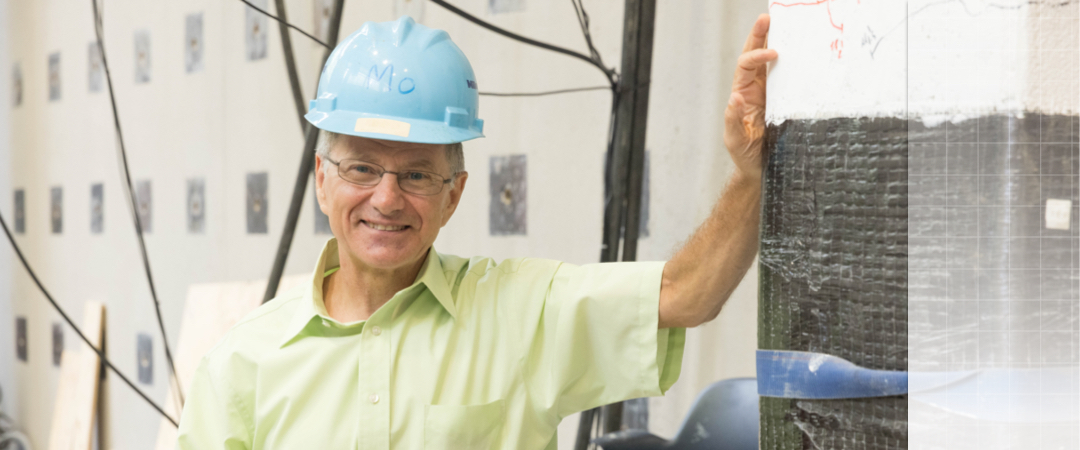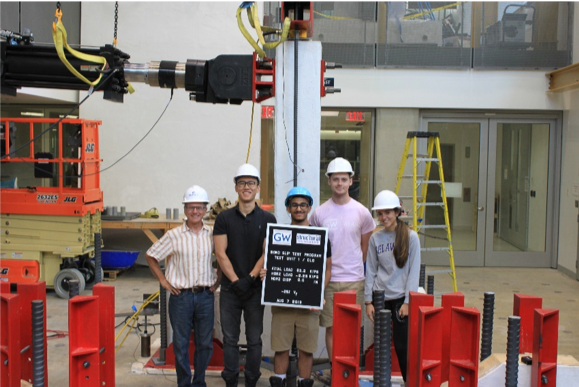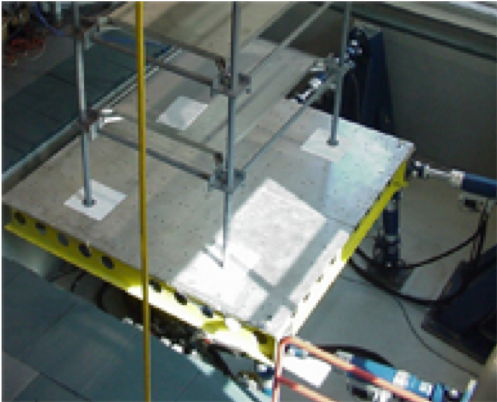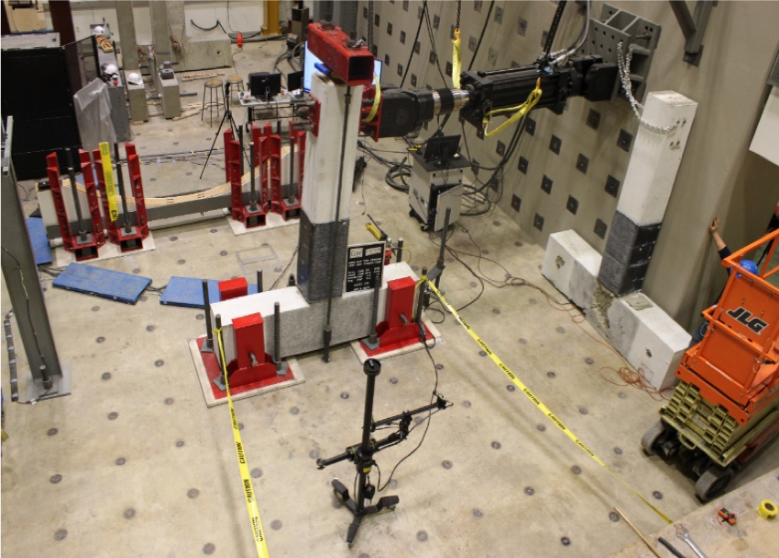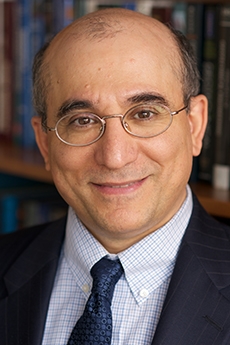Earthquake Engineering
Earthquake Engineering
Faculty and students in the Department of Civil and Environmental Engineering conduct research in earthquake engineering using a wide variety of state-of-the-art research facilities. Researchers in Earthquake Engineering work to improve methods of determining infrastructure safety based on current knowledge and cutting-edge technologies. Researchers identify the parameters that govern the response of contemporary structural materials, studying these properties through experimental testing of structural components supplemented by numerical computer simulations. Because the accurate prediction of structural behavior requires that structural loadings be estimated, researchers also analyze a continually expanding database of earthquake, wave, wind, acoustic, and other loadings and create reliable mathematical models for these phenomena. The results of this work are used to develop simplified design methodologies and guidelines for civil and mechanical engineers. Research projects include the (1) investigation of soil-structure interaction under random excitation; (2) examination of ductile failure of structural components; (3) prediction of random vibratory loads on space-shuttle payloads; and (4) testing of high-strength steel-welded joints and structural composites under constant and variable amplitude loadings to evaluate damage accumulation.
Research Facilities for Earthquake Engineering
Six-Degree-of-Freedom Earthquake Simulator: One of the most powerful earthquake simulators on the East Coast. Able to simulate the most severe and largest earthquakes recorded world-wide in the last 100 years. Platform moves with six degrees of freedom; • (3) Translational degrees - side-to-side in two directions; up and down • (3) Rotational degrees - Rocking in two directions; torsional twisting.
High Bay Research Facility: this research facility has a usable floor area for preparation of physical specimens, testing, evaluation, and monitoring of structural components and systems, and supports testing of structural members of Large structural members. This testing facility is used extensively for on-going research projects at this research facility.
Research Stories
Seismic Response of Nuclear Fuel Assembly (Prof. Manzari)
Lateral Response of Self-Centering Unbonded Post-Tensioned Pendulum Shear Walls (Prof. Silva)
Faculty:
Majid Manzari
Professor
Learn more about Professor Manzari
Pedro Silva
Professor
Learn more about Professor Silva


